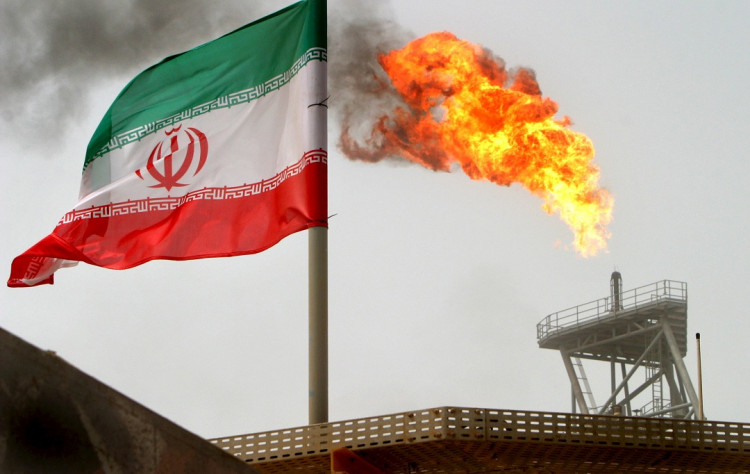Global oil markets are facing a surge in prices as fears of a broader Middle East conflict intensify, with Brent crude nearing $80 per barrel and West Texas Intermediate (WTI) crude trading close to $76. The sharp increase in oil prices comes on the back of escalating tensions between Israel and Iran, raising concerns over potential disruptions to global oil supplies.
On Monday, Brent crude futures climbed by $1.30, or 1.7%, to reach $79.35 a barrel, while U.S. WTI crude futures rose by $1.40, or 1.9%, to $75.78 per barrel, with some fluctuations taking WTI up by more than $2 earlier in the session. The steep rise in prices follows last week's substantial gains of over 8% for Brent and 9.1% for WTI, marking their largest weekly advances since early 2023.
The immediate catalyst for the spike in oil prices was the increasing likelihood that Israel could retaliate against Iran following its missile attack on Israeli territory on October 1. With the conflict spreading across the region, investors fear a potential disruption to oil supplies from one of the world's most critical energy-producing areas.
"Rockets fired by Iran-backed Hezbollah struck Israel's third-largest city, Haifa, on Monday," said Priyanka Sachdeva, an analyst at Phillip Nova. "Meanwhile, Israel seems poised to expand its ground incursions into southern Lebanon, marking the first anniversary of the Gaza war. This growing conflict is raising the prospect of a broader regional war that could involve the United States and Iran."
The market's nervousness is further exacerbated by the potential for direct attacks on Iran's oil infrastructure. Although analysts from ANZ Research believe such a strike is the least likely of Israel's response options, the mere possibility is enough to unsettle markets. "We see a direct attack on Iran's oil facilities as the least likely response among Israel's options," ANZ noted, citing the buffer provided by the Organization of the Petroleum Exporting Countries (OPEC)'s 7 million barrels per day of spare capacity.
Despite these reassurances, the geopolitical instability has put a renewed focus on the strategic Strait of Hormuz, a vital chokepoint through which about 20% of the world's crude oil flows. Alan Gelder, vice president of oil markets at Wood Mackenzie, warned that the worst-case scenario would involve a disruption in this narrow waterway. "If Iran targets the Strait of Hormuz in response to an Israeli strike, it would have a far more dramatic effect on global crude prices," Gelder said.
Adding to the uncertainty, President Joe Biden has expressed his opposition to any immediate Israeli strike on Iran's oil facilities, urging caution amid the rapidly unfolding situation. Nevertheless, the risk of escalation remains significant, with Helima Croft, head of global commodity strategy at RBC Capital Markets, emphasizing the gravity of the current circumstances. "We have not been closer to a regional war in a long time," Croft stated.
The broader context of these developments is also shaped by OPEC+ and its recent moves regarding oil production. The group, which includes major producers like Russia, is scheduled to gradually increase production from December after years of cutting output to stabilize prices amid weaker global demand. While OPEC+ currently has the capacity to offset potential disruptions from Israeli strikes on Iran, the situation could become more complicated if the conflict extends to neighboring Gulf nations.
In 2022, when the Middle East conflict first erupted, Brent crude was trading at around $88.15 per barrel-about $10 higher than current levels. Market dynamics have since shifted, with economic pressures and concerns over global demand playing a more dominant role in capping the extent of oil price increases. "While nothing can match the emotion that this conflict has stirred within the oil market, macroeconomic factors continue to exert significant downward pressure on global demand," said John Evans of oil broker PVM.
Even as oil prices soar, the specter of a broader regional conflict remains a looming threat that could have long-lasting impacts on global energy markets. Should tensions continue to rise, analysts caution that any significant disruption to the flow of oil from the Middle East could lead to even higher prices and volatility in energy markets worldwide.






